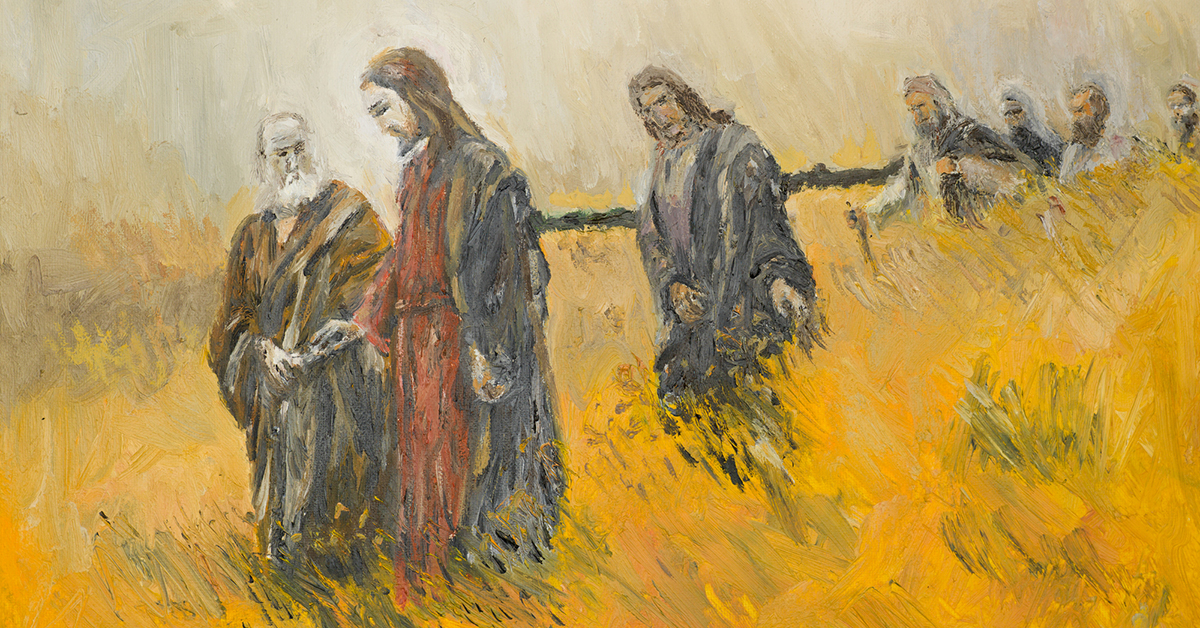
22 Jan January 2024 Reflection – Michael McFarland SJ
All Nations
The Feast of the Epiphany, which we celebrated earlier this month, is a proclamation that the message of the Gospel, the saving presence of God in our world, is meant for all peoples, not just for a particular culture, race or nation. In John’s Gospel, for example, when the High Priest insisted that Jesus must be eliminated, lest he create a disruption that would bring down on them the wrath of the Romans, the Evangelist went on to comment, “He did not say this on his own, but as high priest that year he prophesied that Jesus would die for the Jewish nation, and not only for that nation but also for the scattered children of God, to bring them together and make them one.” (Jn 11: 51:52)
In the Incarnation, God the Son came into the world as fully human in every way but sin. That means that, like all of us, he existed in a specific place, time, culture, language and nation. At the same time, it was a gift meant to be shared with all of humanity, across every place and time, transcending all differences and divisions. That mission of bringing His saving Word to all peoples was entrusted to the Apostles and to the Church they formed. For example, in His final words to his disciples before He ascended to the Father, Jesus told them to “go and make disciples of all nations” (Mt 28:19). From Pentecost on, they and their successors pursued that mission, though not without resistance, hesitation and bias at times. The mandate for inclusivity has guided both the teaching and the practice of the Church, which has always had a missionary impulse, seeking to bring its message to every corner of the world. This began with Peter and the other Apostles, and especially St. Paul, the greatest of all missionaries. What they and their successors have learned over and over through the centuries, is that for these efforts to be effective, the Good News of Jesus Christ must be translated, not only into different languages, but also into different cultures, identities and customs. We see that not only in formal Church practice, but also in popular piety. The image of the Blessed Virgin miraculously imprinted on the cloak of Juan Diego, now revered as Our Lady of Guadalupe, has Native American features and coloring. We see images of a Black Jesus venerated in Africa and Latin America, and beautiful portrayals of Our Lady and her Son with Asian features in Japan and elsewhere in Asia. While some object to these as being untrue representations of Our Lord and His Blessed Mother, they are no more so than centuries of art showing Jesus and Mary as white Europeans, sometimes even blonde and blue-eyed, which they most certainly were not. We all see Jesus as one of us, because He is; and that knows no boundaries.
Jesuits have been missionaries from the earliest days of the Order, when St. Ignatius sent his dearest friend St. Francis Xavier to the farthest reaches of the world in Asia. Many others soon followed to India, Japan, China, North and South America, Africa and the Middle East. The most effective of these were able to make the Gospel message accessible and credible to the people they encountered by meticulously studying their languages, customs, culture, spirituality and environment so they could translate the faith into terms that were meaningful to them.
The Gregorian University is both the fruit and the future of this great missionary tradition. As the “University of the Nations,” with students from 150 countries and an equally diverse faculty, it is a powerful representation of the universal, “catholic” Church. Students from Italy, India, the United States, Mexico, Brazil, Congo, Nigeria, Korea, Philippines, and everywhere else in the world all come together there for a common purpose, to learn more about their faith, to think and reflect more deeply about what it means, to grow in their relationship to Christ and the Church and to develop the knowledge and skills they need to bring these gifts to their own communities. Coming from so many different economic, cultural, ethnic, political and physical environments, they debate, share experiences, pray and worship together, learn from one another and expand their horizons to embrace the whole world and the universal Church. Beyond that, the Gregorian offers special training on analyzing, appreciating and relating to other cultures and religions, as well as contemporary culture in general, especially in its Missiology program, profiled in the most recent issue of Gregoriana. These students, who include Jesuits and members of other men and women’s religious orders, diocesan priests and seminarians and lay people, will be well prepared to carry on the great tradition of Jesuit missionary work to bring the Gospel to “all nations.”
Michael C McFarland, SJ
President, Gregorian University Foundation



